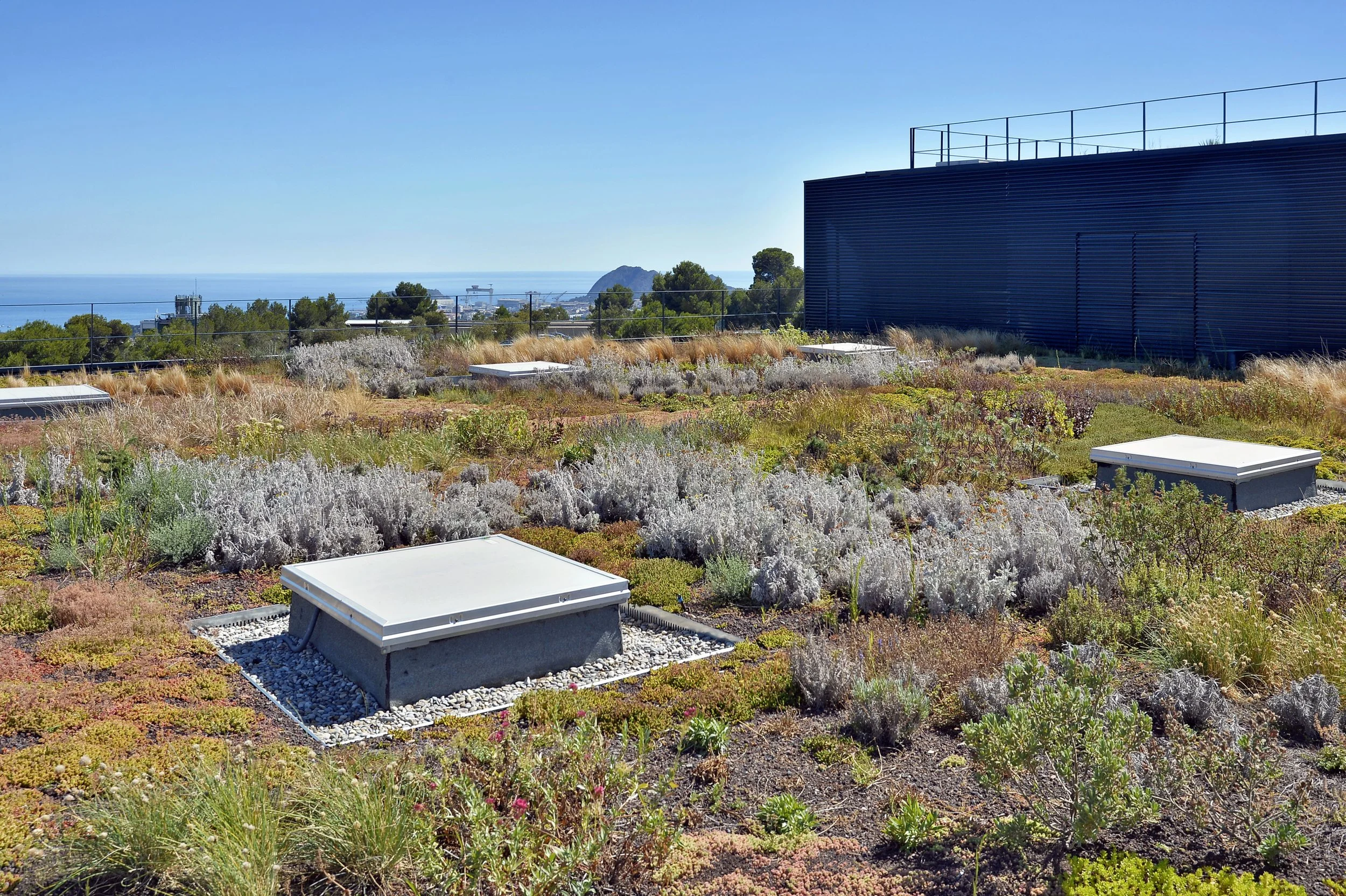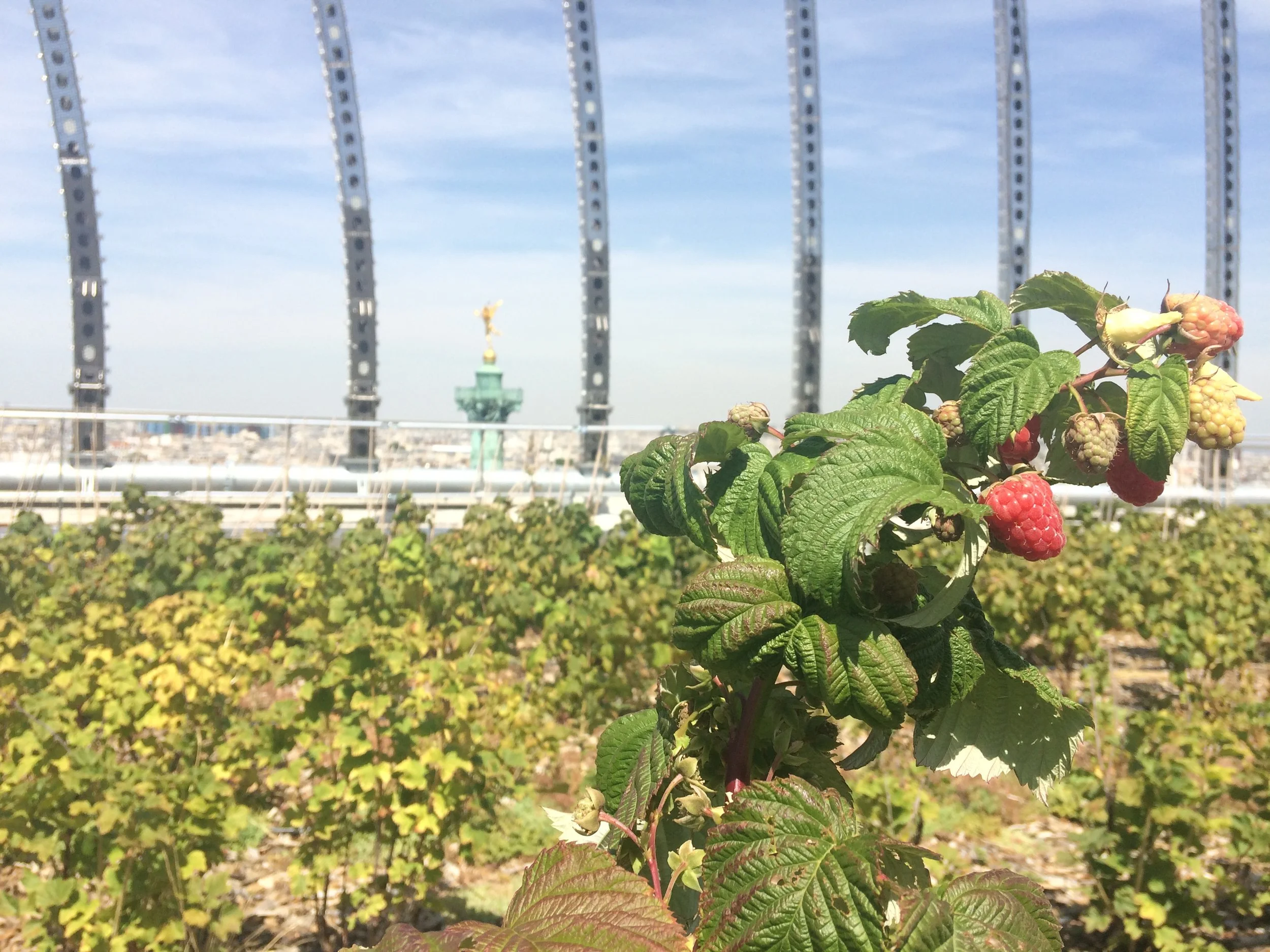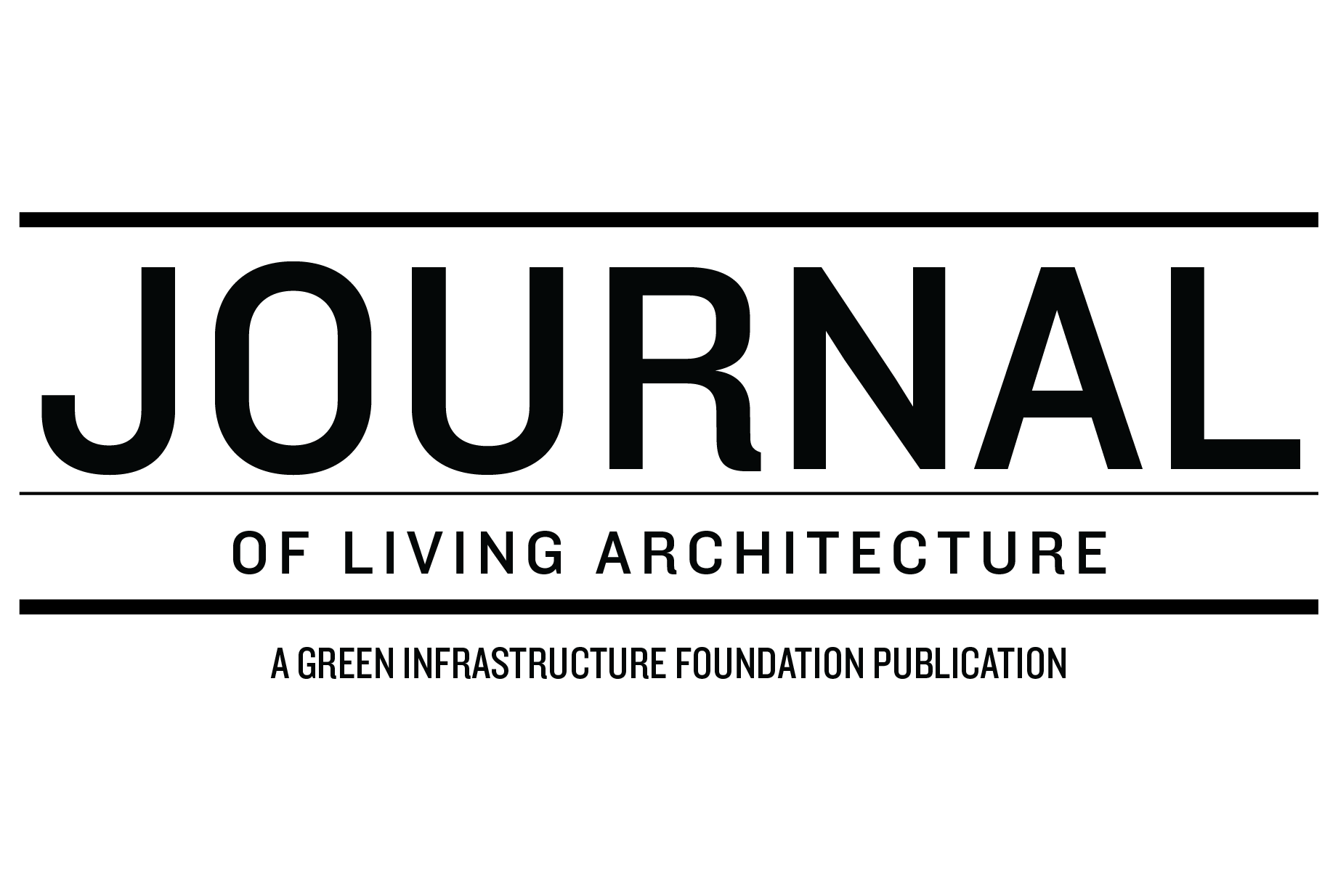In France, a New Law Supports Green Roofs on Buildings
Advertisement
Non accessible green roof in the south of France, near Marseilles. Photo: FX Prévot / Sopranature
France has set up a democratic consultation process to enshrine in law a number of provisions to combat climate change. The Climate and Resilience Act is the result of an initiative initiated two years ago, called the Citizens' Climate Convention. Improving the air quality in large cities, taking action against soil artificialization or increasing bulk sales in supermarkets by 2030, the subjects were very numerous. The Climate and Resilience Act that resulted from this Citizens' Convention aims to anchor ecology in French society: in public services, in the education of children, in urban planning, in travel, in consumption patterns, in justice, etc.
In the field of construction, section 101 of the current Climate and Resilience Act has broadened the scope of two previous laws, known as “Biodiversity” (2016) and “Energy Climate” (2019).
More Buildings Are Included in the Legislation
The new law applies to “the construction of buildings or parts of buildings for commercial, industrial or artisanal use, to the construction of buildings for warehouse use, the construction of hangars that are not open to the public for commercial operation and the construction of covered parking lots that are accessible to the public, when they create more than 500 square metres of ground right-of-way”. In the previous law the area concerned was 1,000 square metres. The legislation adds that “these obligations also apply to heavy extensions and renovations of buildings or parts of buildings”, which was also not previously the case.
The act also applies to “buildings or parts of buildings for office use, when they create more than 1,000 square metres of ground rights-of-way” when the previous acts did not include such buildings. Obligations for heavy office renovations are included in the act in a comparable way.
Finally, shadehouses overlooking parking areas are also part of the perimeter of the law.
Advertisement
Revegetation or Renewable Energy on at Least 30 Per Cent of the Roof
Vegetable garden on the Opera Bastille roof, Paris. Photo: Topager
When a building falls into one of these categories, it must be either vegetated or receive a renewable energy process. Note that biosolar roofs, which combine the two technologies, are not mentioned in the text of the law, but perfectly meet the obligation.
The surface that must then be vegetated – if the customer chooses this solution – must represent at least 30 per cent of the roof or shadehouse.
There are certainly cases where “the competent authority for planning authorization may, by reasoned decision, provide that all or part of the obligations resulting from this Article shall not apply”. This may be the case when it is not possible to install such technologies for reasons of technical, security, architectural or heritage constraints, “particularly if the installation is likely to aggravate a risk or presents an insurmountable technical difficulty”, or if “the work to meet this obligation cannot be carried out under economically acceptable conditions”.
An Article of Law in Favor of Biodiversity and to Fight Against Climate Change
Non accessible green roof on a nursery in the south-west of France, near Bordeaux. Photo: Biotopes Création
This is explicitly what section 101 of the Climate and Resilience Act aims to achieve, namely, a better “energy and environmental performance of buildings”. The text states, concerning the revegetation of buildings, that the “greening system will be based on a cultural mode using drinking water only as a complement to reclaimed water, guaranteeing a high degree of thermal efficiency and insulation and promoting the preservation and reclamation of biodiversity.” It is thus the ecosystem services of green roofs that are sought through this law, mainly the provision of biodiversity, the management of stormwater and the fight against urban heat islands.
The Climate and Resilience Act will come into force on July 1st, 2023. In the meantime, Adivet, the French association of green infrastructure, is working with the Ministry and stakeholders to draft legislation related to the law on the characteristics of vegetative systems, the definition of a heavy renovation as well as the cases of exemption.
Advertisement
Sophie Rousset-Rouvière has a degree in communications and is General Delegate of Adivet, the French professional association for green infrastructures. Adivet will celebrate its 20th anniversary at the end of 2022. It brings together the main players in the field in France and promotes the revegetation of buildings, especially among public authorities and stakeholders.







